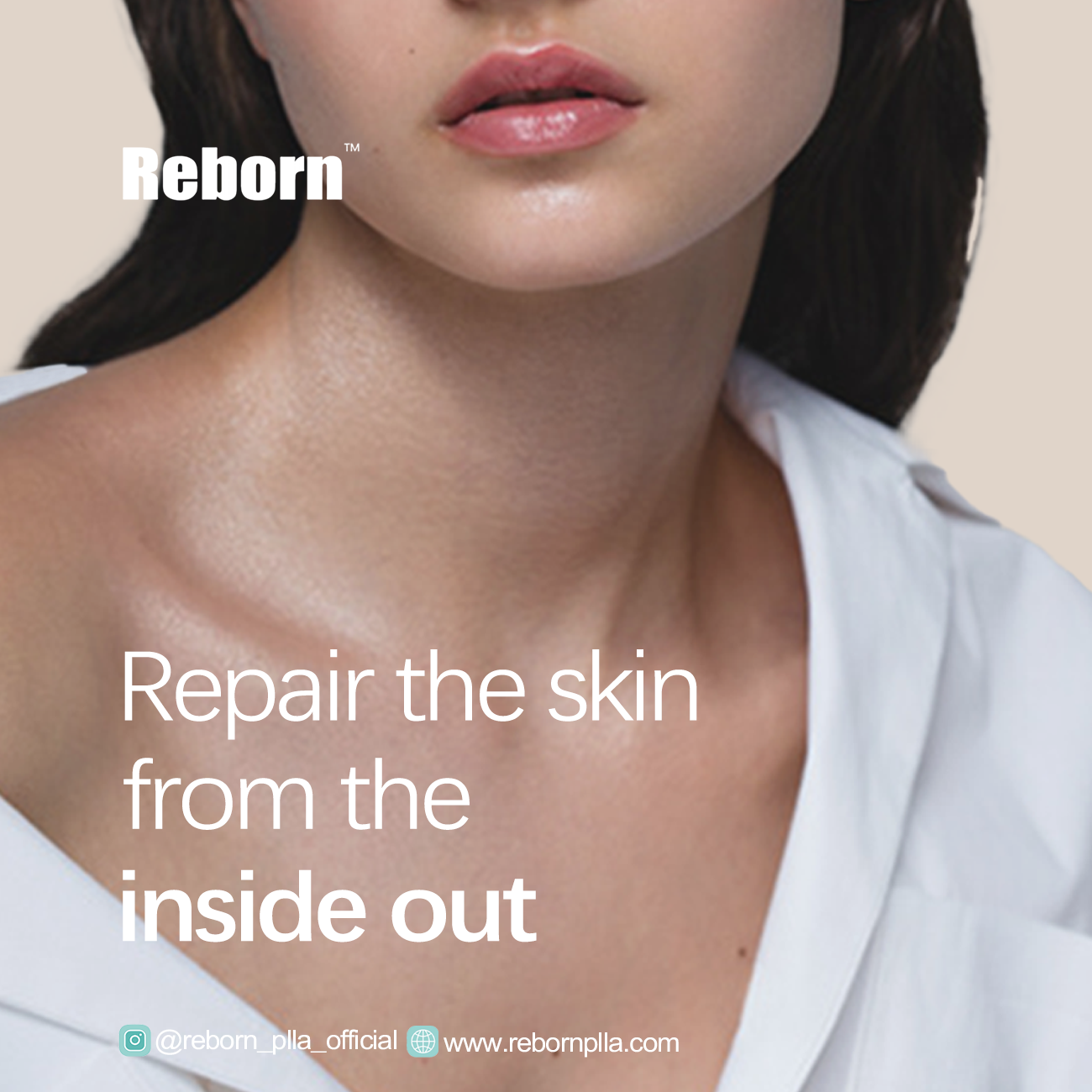
Privacy statement: Your privacy is very important to Us. Our company promises not to disclose your personal information to any external company with out your explicit permission.
Edit by Christine
Tel:+86 18004455830(same as whatsApp)
Email:info@rimlessindustry.com
Introduction
In recent years, the demand for non-surgical cosmetic procedures has surged, with Dermal Fillers being one of the most popular options. While dermal fillers can effectively enhance facial features and rejuvenate the skin, their successful application relies heavily on the practitioner's ability to assess facial anatomy accurately. In this comprehensive guide, we will delve into the importance of proper facial anatomy assessment before injecting dermal fillers and explore the key steps involved in this process.
Understanding Facial Anatomy
Before delving into the assessment techniques, it's crucial to have a solid understanding of facial anatomy. The face is a complex structure composed of various layers, including skin, subcutaneous fat, muscles, and underlying bone. Each area of the face has its unique anatomical features and vascular structures, which must be considered when administering dermal fillers.
Importance of Proper Assessment
Proper assessment of facial anatomy is paramount for several reasons:
Safety: Injecting dermal fillers without a thorough understanding of facial anatomy can lead to serious complications, including vascular compromise, tissue necrosis, and blindness.
Optimal Results: By assessing facial anatomy accurately, practitioners can identify areas of volume loss, asymmetry, and structural weaknesses, allowing them to tailor the treatment plan to the individual's unique facial anatomy and achieve optimal results.
Patient Satisfaction: A comprehensive assessment helps manage patients' expectations and ensures they have a realistic understanding of the potential outcomes of Dermal Filler treatment.
Key Steps in Facial Anatomy Assessment
Patient Consultation: The assessment process begins with a detailed consultation with the patient. During this consultation, the practitioner should inquire about the patient's medical history, current medications, previous cosmetic procedures, and aesthetic goals.
Physical Examination: A thorough physical examination of the patient's face is essential. This includes assessing skin quality, volume loss, asymmetry, and facial proportions. The practitioner should pay close attention to areas such as the temples, cheeks, nasolabial folds, lips, and jawline.
Palpation: Palpation involves gently feeling the patient's facial tissues to assess their texture, elasticity, and thickness. This helps identify areas of volume loss and determines the optimal injection sites for dermal fillers.
Dynamic Assessment: Facial expressions play a crucial role in assessing facial anatomy. Practitioners should observe the patient's facial movements to identify areas of muscle hyperactivity, dynamic wrinkles, and asymmetry.
Anatomical Knowledge: A deep understanding of facial anatomy is essential for accurate assessment. Practitioners should be familiar with the location of facial muscles, blood vessels, and nerves to avoid inadvertent injection into vital structures.
Advanced Techniques for Facial Anatomy Assessment
In addition to the basic assessment techniques mentioned above, several advanced techniques can further enhance the accuracy of facial anatomy assessment:
Imaging Modalities: Technologies such as ultrasound, magnetic resonance imaging (MRI), and computed tomography (CT) scans can provide detailed anatomical information, particularly regarding the location of blood vessels and deep facial structures.
Three-Dimensional (3D) Imaging: 3D imaging systems allow practitioners to visualize the patient's facial anatomy in three dimensions, facilitating precise measurements and treatment planning.
Simulation Software: Simulation software enables practitioners to digitally manipulate facial images to demonstrate potential treatment outcomes and guide discussions with patients.
Conclusion
Proper assessment of facial anatomy is a fundamental aspect of safe and effective dermal filler administration. By understanding the intricacies of facial anatomy, employing thorough assessment techniques, and leveraging advanced technologies, practitioners can optimize treatment outcomes, minimize risks, and ensure patient satisfaction. By prioritizing facial anatomy assessment, practitioners can uphold the highest standards of safety and professionalism in the field of aesthetic medicine.
We also recommend that you choose safe dermal fillers, which greatly reduces the risks of your operation. It is recommended to choose products containing Poly-l-lactic Acid(PLLA), such as Sculptra filler and Aesthefill filler, because they can be converted into water and CO2 in your body and then excreted from the body, which is very safe. Of course, we recommend Reborn PLLA Dermal Filler more which is Sculptra's replacement products.Reborn PLLA are more affordable, have smaller particle sizes, and are safer.Welcome to send inquiry to us for the details and great price.

LET'S GET IN TOUCH

Privacy statement: Your privacy is very important to Us. Our company promises not to disclose your personal information to any external company with out your explicit permission.

Fill in more information so that we can get in touch with you faster
Privacy statement: Your privacy is very important to Us. Our company promises not to disclose your personal information to any external company with out your explicit permission.